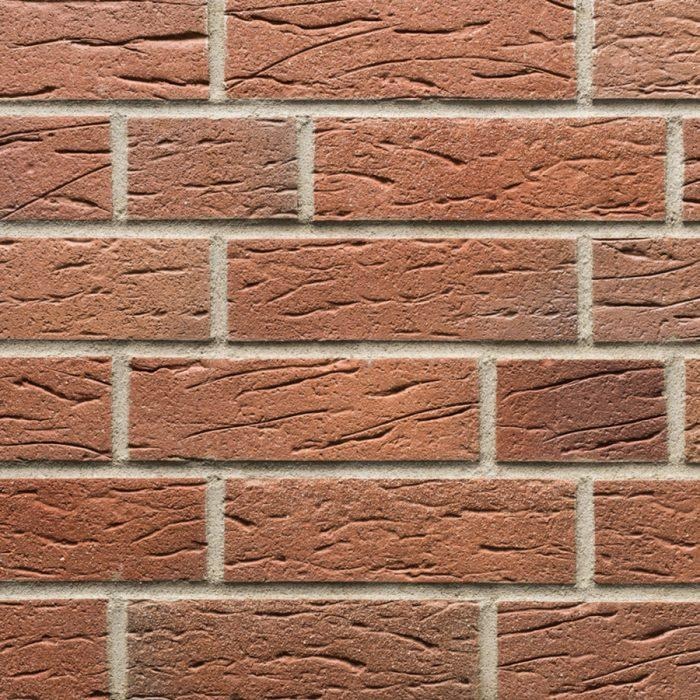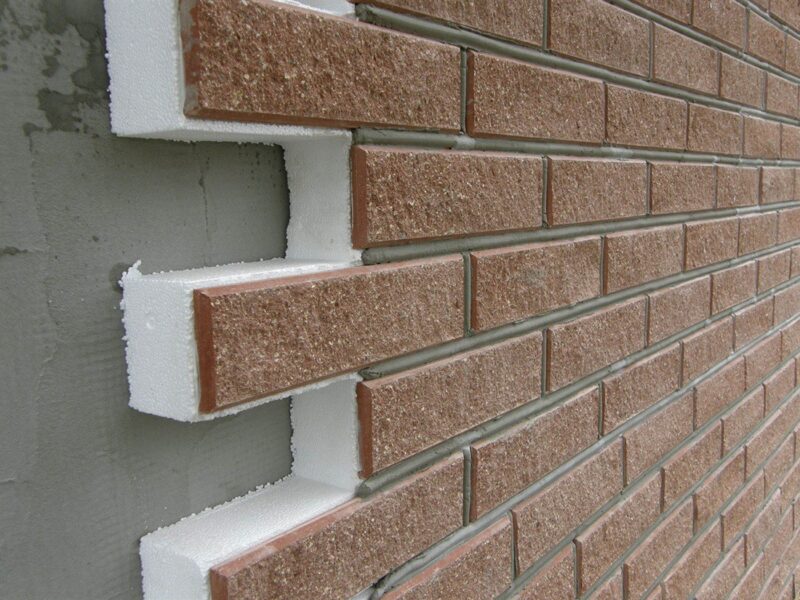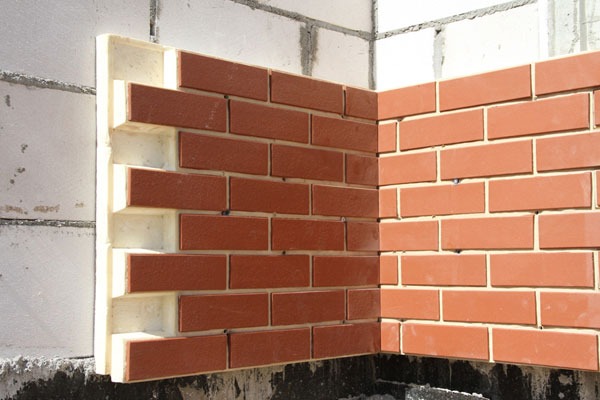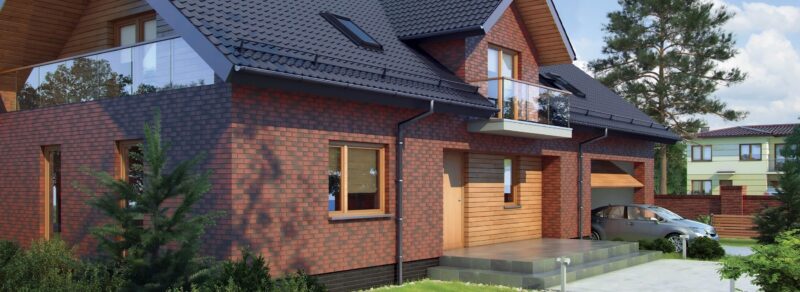In the evolving world of energy-efficient construction, facade insulation systems have gained critical importance—not just for reducing energy consumption but also for elevating the performance, durability, and visual impact of buildings.
One standout solution in this field is clinker thermal panel systems: an all-in-one insulation and cladding technology that’s changing how both residential and commercial facades are built and renovated.
This article takes a closer look at the principles behind clinker panel technology, the long-term benefits it offers.
Key Highlights
- Clinker thermal panels combine insulation and durable cladding in a single solution.
- Ideal for both new construction and energy-efficient renovations.
- Boost building energy ratings and slash long-term heating and cooling costs.
- Add authentic brick aesthetics without the structural weight.
- Resistant to weather, mold, and mechanical damage.
How Clinker Thermal Panel Systems Work

Clinker thermal panels are more than just decorative cladding—they’re engineered to solve multiple construction challenges at once. Each panel typically includes:
- An exterior clinker tile that mimics traditional brick, available in various textures and tones.
- An insulating layer, usually polyurethane foam or mineral wool, which ensures thermal performance.
- A fastening system for quick, secure installation on various substrates.
This composite structure allows builders to apply thermal insulation and aesthetic finishes simultaneously, which shortens project timelines and minimizes labor costs.
More importantly, these panels drastically reduce thermal bridging—a common cause of energy loss in buildings with poorly insulated walls.
Clinker panel systems are particularly suitable for façades where traditional masonry is not feasible due to weight or wall limitations, making them ideal for retrofits, multi-story buildings, and structures requiring precise thermal control.
Why Facade Insulation Matters in Modern Construction
Modern buildings are expected to meet increasingly stringent energy efficiency standards. Poorly insulated facades are one of the biggest culprits behind energy loss, leading to higher heating and cooling costs, and, in some cases, mold or structural issues caused by condensation.
That’s where advanced facade insulation comes into play. Installing high-performance systems like those offered at RoyalFacade allows for better indoor climate control, regardless of external conditions.
It also helps buildings meet local energy regulations, improve indoor air quality, and increase property value over time.
In fact, according to EU reports on building energy performance, properly insulated facades can reduce heat loss by up to 35%, which translates to significant long-term savings for homeowners and building operators alike.
Advantages of Clinker Thermal Panels Over Traditional Systems

While many insulation materials exist, few offer the multifunctional benefits of clinker panels. Here’s how clinker thermal panel systems stack up:
1. Superior Energy Efficiency
The core insulation material in clinker panels—usually polyurethane or mineral wool—has a low thermal conductivity rating, meaning it prevents heat transfer very effectively.
When installed properly, these systems help maintain stable indoor temperatures with minimal HVAC usage.
2. Visual Appeal
Clinker tiles are manufactured using high-temperature firing, which gives them their dense, durable texture and rich coloring.
These tiles mimic real bricks beautifully but are available in a wide array of finishes and hues—making them an aesthetic asset as much as a technical one.
3. Fast and Clean Installation
Unlike traditional bricklaying, clinker panels can be installed with minimal mess and much faster. This is especially valuable in urban areas or during cold months when standard masonry may not be viable.
4. Durability and Weather Resistance
Clinker panels are non-combustible, UV-resistant, and water-repellent. They resist cracking, mold growth, and frost damage even under extreme conditions, which significantly extends the lifespan of the building’s exterior.
5. Low Maintenance
The dense surface of clinker tiles naturally resists dirt accumulation and staining. In most cases, occasional rinsing with water is enough to keep facades looking clean for years.
Best Use Cases for Clinker Thermal Insulation Panels

Clinker panels are not limited to any one type of property. Here are some practical scenarios where they excel:
- Residential homes that need an exterior upgrade without major construction work.
- Apartment buildings where uniform façade finishes are required.
- Commercial properties looking for a balance of insulation, branding-friendly aesthetics, and longevity.
- Historic renovations where a traditional brick look must be preserved but thermal performance needs improvement.
- Public buildings like schools or clinics where energy efficiency and durability are critical.
Installation and Maintenance Tips
Though clinker panels are user-friendly, installation should still follow manufacturer recommendations or be handled by professionals to maximize system life and efficiency.
Here are a few general tips:
- Ensure the substrate is flat, clean, and dry before installation.
- Use proper expansion joints for larger wall areas to allow thermal movement.
- Avoid direct contact of panels with soil or snow at ground level—install above the splash zone.
- Annual inspection of the facade is advised to check for mechanical damage or joint wear.
If you’re unsure about installation methods or choosing the right type of insulation, Royal Facade offers free consultations and can recommend certified installers across various regions. Call +48 666 273 099 to discuss your project directly.
They have successfully completed projects across residential blocks, villas, commercial plazas, and municipal buildings. In each case, the use of clinker thermal panels led to:
- Measurable reductions in heating bills (often between 20–35%).
- Increased facade durability over a 10–20 year horizon.
- Positive feedback from property owners due to the “real brick” appearance without the complications of heavy masonry.
You can explore real projects in their portfolio section.
Comparing Clinker Panels with Other Insulation Systems

When selecting a facade insulation system, it’s important to weigh multiple factors—thermal performance, installation complexity, aesthetics, cost, and durability. Here’s a simple comparison table to highlight where clinker thermal panels stand out:
| Feature | Clinker Thermal Panels | ETICS (External Thermal Insulation Composite System) | Ventilated Facade Systems | Traditional Brick Façade + Insulation |
| Thermal Insulation | Excellent (low λ-value core) | Good (depends on EPS or mineral wool used) | Moderate to Good | Good (depends on insulation layer) |
| Installation Time | Fast (pre-fabricated panels) | Moderate to slow | Slow (complex system) | Very slow (bricklaying and insulation) |
| Weight Load on Structure | Low | Low | High | Very High |
| Maintenance | Very Low | Moderate (susceptible to cracks) | Low | High (mortar repairs, cleaning) |
| Aesthetic Appeal | High (brick-like finish, modern look) | Limited (requires final plaster finish) | High (custom panels possible) | Very High (authentic masonry) |
| Moisture Resistance | High (hydrophobic surface) | Medium (can absorb water if cracked) | High (ventilation gap helps) | Medium |
| Lifespan | 20+ years with minimal upkeep | 10–20 years | 20–30 years | 30+ years if maintained |
| Cost (Initial) | Medium | Low to Medium | High | Very High |
As the table shows, clinker thermal panels strike a strong balance between thermal performance, durability, and aesthetics—without the weight or hassle of traditional brickwork.
They outperform ETICS in moisture resistance and visual design, while offering a much easier and lighter alternative to ventilated or classic brick facades.
Final Thoughts: Is It Worth It?
If you’re considering upgrading your building’s exterior or starting a new construction project, clinker thermal panel systems deserve serious consideration.
Their ability to deliver top-tier insulation alongside a beautiful brick finish gives them an edge over many standard insulation materials.
They’re not just practical—they’re also a long-term investment in energy savings, property value, and environmental responsibility.
Whether you’re a homeowner aiming to cut heating costs or a developer working on larger buildings, the benefits are clear.


